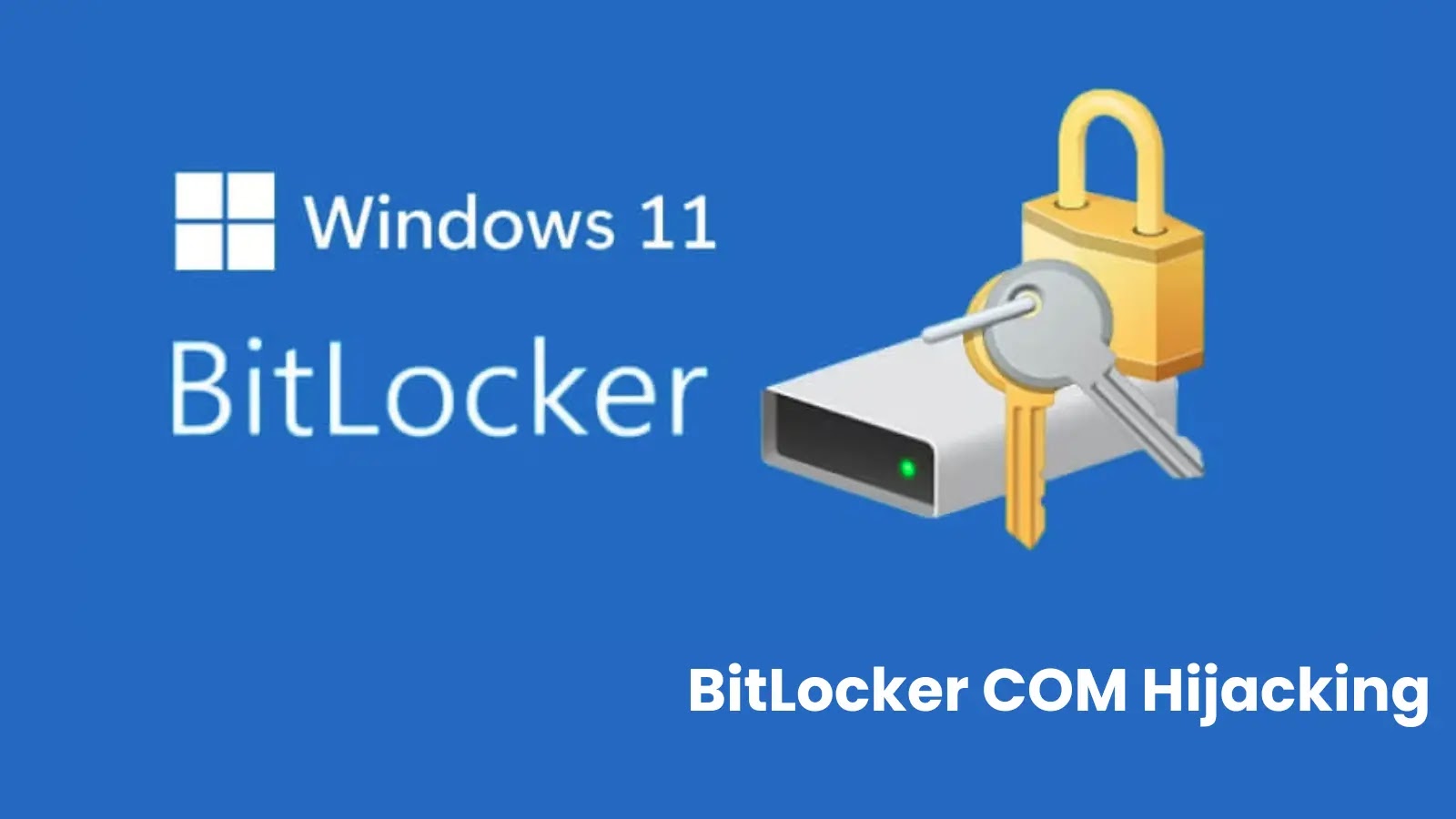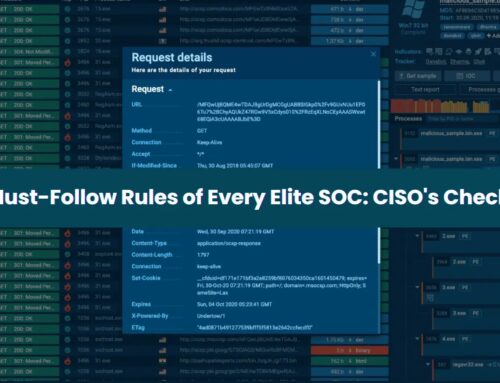
Hackers Can Manipulate BitLocker Registry Keys Via WMI to Execute Malicious Code as Interactive User
Unmasking BitLocker’s Hidden Lateral Movement Vulnerability: A Deep Dive for Security Professionals
In the intricate landscape of cybersecurity, attackers consistently evolve their tactics, leveraging legitimate system components to achieve their objectives. A recent disclosure has brought to light a sophisticated lateral movement technique that weaponizes Microsoft’s BitLocker, not by cracking its encryption, but by manipulating its underlying Component Object Model (COM) functionality. This novel approach, demonstrated via the BitLockMove proof-of-concept tool, represents a significant shift in lateral movement strategies, bypassing conventional detection mechanisms and demanding immediate attention from IT professionals, security analysts, and developers.
The BitLocker COM Hijacking Technique Explained
BitLocker, Microsoft’s cornerstone full disk encryption feature, is designed to safeguard data by encrypting entire volumes. However, its robust security for data at rest doesn’t inherently prevent exploitation of its runtime processes. The newly identified vulnerability hinges on an attacker’s ability to manipulate specific BitLocker registry keys via Windows Management Instrumentation (WMI). This manipulation allows malicious code to be executed as an interactive user, effectively turning a protective feature into an attack vector.
The core of this technique lies in hijacking BitLocker’s Component Object Model (COM) objects. COM is a platform-independent, distributed, object-oriented system for creating binary software components that can interact. By registering a malicious COM server in place of a legitimate BitLocker component, an attacker can trick the system into loading and executing their payload when BitLocker operations are initiated.
The attack scenario typically involves two phases:
- Phase 1: Initial Compromise and Privilege Escalation (if necessary): The attacker gains initial access to a system, potentially through phishing, unpatched vulnerabilities, or stolen credentials. While the malicious code executes as an interactive user, local administrator privileges might be required to manipulate the specific registry keys that control COM object registration for BitLocker.
- Phase 2: COM Object Hijacking and Lateral Movement: Once the necessary privileges are obtained, the attacker modifies specific BitLocker-related registry keys to point to a malicious COM server. When a legitimate BitLocker operation or inquiry is triggered by the interactive user, the operating system inadvertently loads and executes the attacker’s code. This provides a stealthy mechanism for persistence or to pivot to other systems on the network.
Why This Matters: Bypassing Traditional Defenses
What makes this technique particularly concerning is its ability to evade traditional security defenses. Since the attack leverages legitimate Windows functionalities and established COM interfaces, it often appears as benign system activity. Endpoint Detection and Response (EDR) solutions and other security tools may struggle to differentiate between legitimate BitLocker COM interactions and those initiated by an attacker’s hijacked COM server. Furthermore, the malicious code executes as the interactive user, making it harder to flag as anomalous behavior compared to attempts to spawn processes as SYSTEM or other highly privileged accounts.
This method circumvents typical malware detection signatures because it doesn’t rely on known malicious executables. Instead, it exploits the inherent design of Windows’ COM architecture, turning trust into a vulnerability. The BitLockMove proof-of-concept tool effectively demonstrates the feasibility and stealth of this approach, highlighting a significant blind spot in many organizations’ security postures.
Remediation Actions and Mitigations
Addressing this sophisticated lateral movement technique requires a multi-layered approach focusing on preventative measures, proactive monitoring, and incident response readiness.
- Principle of Least Privilege: Enforce the principle of least privilege rigorously. Even if an attacker gains initial access, limiting user privileges (especially administrator rights) can significantly impede their ability to modify critical registry keys required for COM hijacking.
- Advanced Endpoint Detection and Response (EDR) Configuration: Implement and meticulously configure EDR solutions to monitor for anomalous registry key modifications, particularly those related to COM object registration. Focus on behavioral analytics that can detect unusual process interactions with BitLocker components, even if the processes themselves appear legitimate.
- Regular Patch Management: While this isn’t a direct code vulnerability in BitLocker itself, maintaining a robust patch management program for all Windows systems is crucial. Many lateral movement techniques rely on initial compromise through unpatched vulnerabilities.
- Application Whitelisting: Implement application whitelisting solutions (e.g., Windows Defender Application Control, AppLocker) to prevent the execution of unauthorized code. This can severely limit an attacker’s ability to introduce and execute a malicious COM server.
- Network Segmentation: Segment networks to limit the blast radius of a successful compromise. If lateral movement techniques are employed, segmentation can prevent attackers from easily pivoting to other critical systems.
- User Education and Awareness: Train users to recognize and report suspicious activities, such as phishing attempts, which are common initial access vectors for such sophisticated attacks.
- Review and Audit WMI Activity: Regularly audit WMI activity logs for suspicious or unusual queries and executions. While WMI is a legitimate tool used by administrators, its misuse is a common indicator of compromise.
Relevant CVEs and Further Information
As of this writing, there is no specific CVE assigned directly to this BitLocker COM hijacking technique as it leverages inherent Windows functionality rather than a software bug. Nevertheless, the underlying principles often fall under broader categories of “privilege escalation” or “lateral movement” based on COM abuse. Researchers and security professionals should monitor for future CVE assignments related to COM security enhancements.
For more technical details on the BitLockMove proof-of-concept and the underlying research, refer to:
Tools for Detection and Mitigation
While no single tool offers a silver bullet, combining various security solutions can significantly enhance an organization’s ability to detect and mitigate threats exploiting this type of lateral movement.
| Tool Name | Purpose | Link |
|---|---|---|
| Microsoft Defender for Endpoint | Advanced EDR capabilities for behavioral detection, registry key monitoring, and process anomaly detection. | Microsoft Defender for Endpoint |
| Sysmon (Sysinternals) | Detailed logging of process creation, network connections, and changes to file creation time. Customizable to log COM object instantiations and registry modifications. | Sysmon |
| Windows Defender Application Control (WDAC) | Code integrity policy that specifies which applications are allowed to run on a system, preventing the execution of unauthorized COM servers. | WDAC |
| WMI Explorer / PowerShell Access Auditing | Tools for investigating WMI namespaces and auditing WMI activity on endpoints. PowerShell can be used to query WMI event logs. | Get-WmiObject (PowerShell) |
| Group Policy Objects (GPO) | Manage and enforce system configurations, including registry settings and security policies, which can help prevent unauthorized modifications. | Group Policy |
Key Takeaways for a Resilient Security Posture
The BitLocker COM hijacking technique underscores a critical truth in cybersecurity: attackers will always seek novel ways to subvert defenses by exploiting foundational system design. This attack represents a sophisticated evolution, moving beyond simple malware to abuse legitimate operating system mechanisms. For security professionals, the key takeaways are clear:
- Focus on behavioral detection over signature-based approaches.
- Thoroughly understand and monitor the intricate relationships between legitimate Windows components.
- Embrace a defense-in-depth strategy that incorporates robust endpoint security, strict access controls, and proactive threat hunting.
Organizations must adapt their security strategies to anticipate and counter these increasingly subtle forms of lateral movement. Protecting against such threats requires not just tools, but also a deep understanding of attacker methodologies and continuous vigilance.





